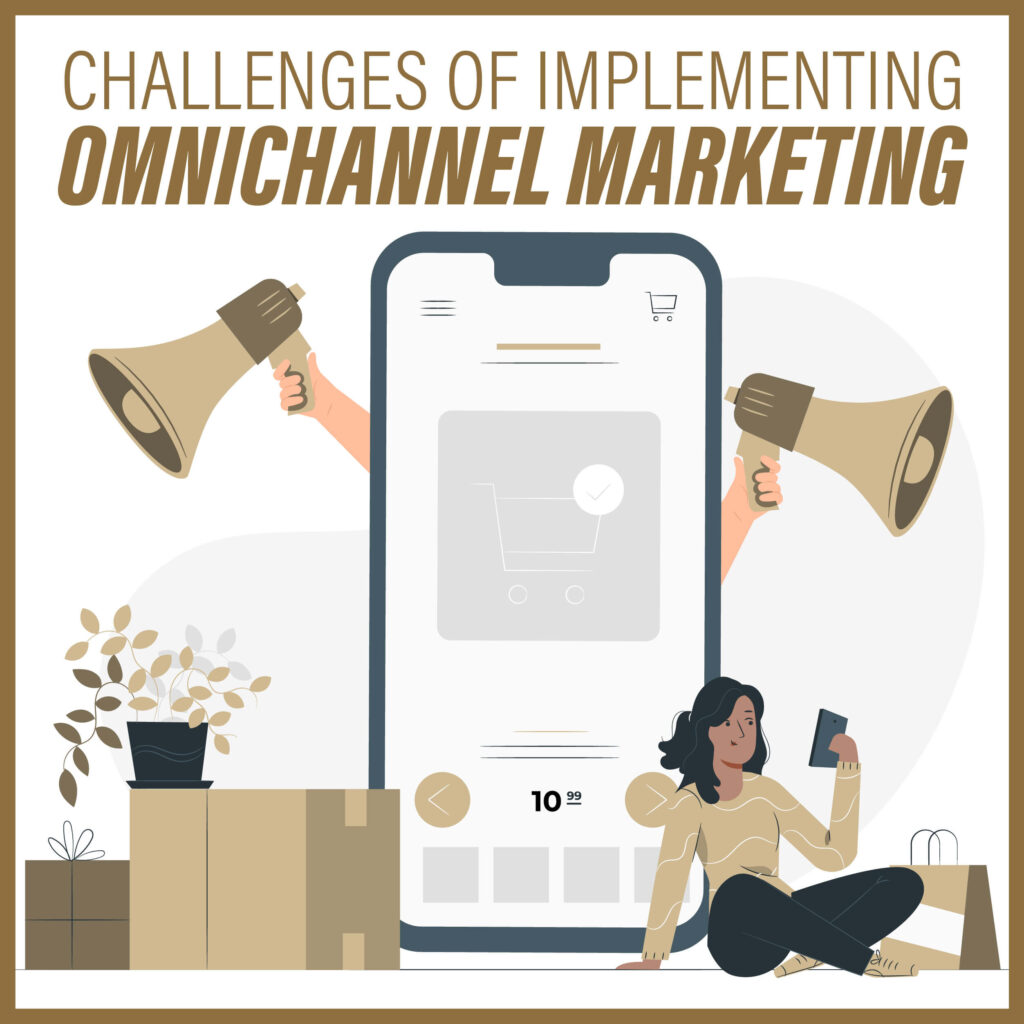Rev iewer
iewer
Dr. Luciano Castro, International Adjunct Professor
Article
Informational Challenges in Omnichannel Marketing: Remedies and Future Research by Tony Haitao Cui, Anindya Ghose, Hanna Halaburda, Raghuram Iyengar, Koen Pauwels, S. Sriram, Catherine Tucker and Sriraman Venkataraman
Journal
Journal of Marketing 2021, Vol. 85(1), Pages 103-120
Summary
Using an omnichannel strategy has been understood as a potential next step after a multichannel strategy is implemented. The multichannel strategy employs many channels in which customers can choose to interact and buy from a supplier. It also has the potential to benefit companies in gaining access to new segments of the market or even interacting and selling more often to already existing customers; however, the omnichannel promise goes much further. Omnichannel marketing proposes an integration of different channels (distribution and communication channels) to offer a smooth and satisfactory customer experience journey.
The referenced journal article defines omnichannel marketing as the “synergistic management of all customer touchpoints and channels both internal and external to the firm to ensure that the customer experience across channels as well as firm-side marketing activity, including marketing-mix and marketing communication (owned, paid, and earned), is optimized for both firms and their customers.”
The ability for customers to interact seamlessly with the firm across both internal and external channels and the firm having access to full customer touchpoint information to provide a single unified experience across channels sounds like a promising place to be. This exact vision has driven many companies to pursue an omnichannel strategy, and companies in different industries from different levels in the supply chain are embracing the omnichannel approach.
Implementation of such a strategy does not come without many challenges, but the good news is that through these challenges, we are finally able to get closer to customer-centric marketing rather than simply analyzing interesting but, quite often, still vague philosophical aspects. The article authors elaborate more specifically on the informational challenges of an omnichannel strategy, which represent a large portion of the challenges companies face in adopting this approach.
The authors present three groups of informational challenges and suggest some recommendations on how they might be overcome. They include: data, marketing attribution and customer privacy challenges.
When looking at data, two challenges arise: (1) how to gain access to data from every customer interaction, and (2) how to integrate this data from different sources. What complicates these tasks is the fact that many touchpoints may be owned by external partners and exist in many formats and codes. To manage these challenges, the article authors suggest the deployment of federated learning to construct joint machine-learning models. This will keep parties’ training data private and track customers on third parties such as walled-garden platforms, legacy media agencies or syndicated providers. The use of blockchain technologies is also mentioned as an alternative to letting different parties input data while maintaining data consistency and integrity throughout the customer journey.
Marketing attribution challenges have to do with the attempt to measure and maximize the return on investment of a marketing initiative at a certain touchpoint when done sequentially and/or concomitantly with many others across all customer journey steps. For example, “a customer might begin their search process in a brick-and-mortar store, form an initial consideration set and then at some point restart their search process on a website leading up to a new consideration set and eventually make a purchase.” In situations similar to this, the question becomes whether the ROI is credited to the store, the website, social media activity, etc. ROI measurement is a tough task, but the authors suggest the assessment of touchpoints’ long-term impact and synergies in the marketing-mix model, the deployment of hidden Markov models to assess the impact of various channels at different stages of the decision process, and other techniques.
In regard to customer privacy, challenges arise in how to embrace an omnichannel strategy while respecting consumers’ privacy, as well as the government’s intent to raise the bar in terms of data privacy regulations. Three options present themselves to overcome these challenges. The first is using artificial intelligence to make predictions about a customer’s likely future purchases based on aggregated actions of other customers instead of storing data about a particular customer. The second is using blockchain technology to provide incentives to customers in the form of a share in the profits derived from using their data. Finally, the third is developing data exchange platforms that allow organizations to match data sets with de-identified information without ever having to leave the firm’s secured servers.
What this means for Food and Agricultural Business
The use of omnichannel strategies in agribusiness is still in its infancy compared to other industries and companies like consumer-packaged-goods (Unilever), fashion retailers (Bonobos), service providers (Bank of America), restaurants (Starbucks) and pharmacies (Walgreens), as illustrated in the article. However, pressure to implement omnichannel strategies in agribusiness is being felt.
For example, ag retailers in the U.S. are preparing e-commerce and agronomic platforms to be integrated with their brick-and-mortar stores. Additionally, ag input and equipment manufacturers are bringing their potential approach to the market, offering interesting digital solutions for farmers. Independent digital platforms or marketplaces are also coming to the game. And on top of these initiatives, there are numerous innovative ag techs with solutions that promise to help farmers become more efficient, sustainable and profitable.
The integration of different touchpoints and a supplier’s offer of a smooth customer experience shall happen in “waves of implementation”. For instance, the design of a farmer’s customer experience should be the first stage. The second stage is understanding the roles of a company and how to integrate with its partners to deliver this experience. Finally, the architecture of data, which is fundamental for experience management, comes next.
Managing farmer customer experiences enabled by data management is challenging. However, this is a promising field to be involved with in agribusiness right now due to the potential gains these superior experiences may deliver to both farmer customers and suppliers.



